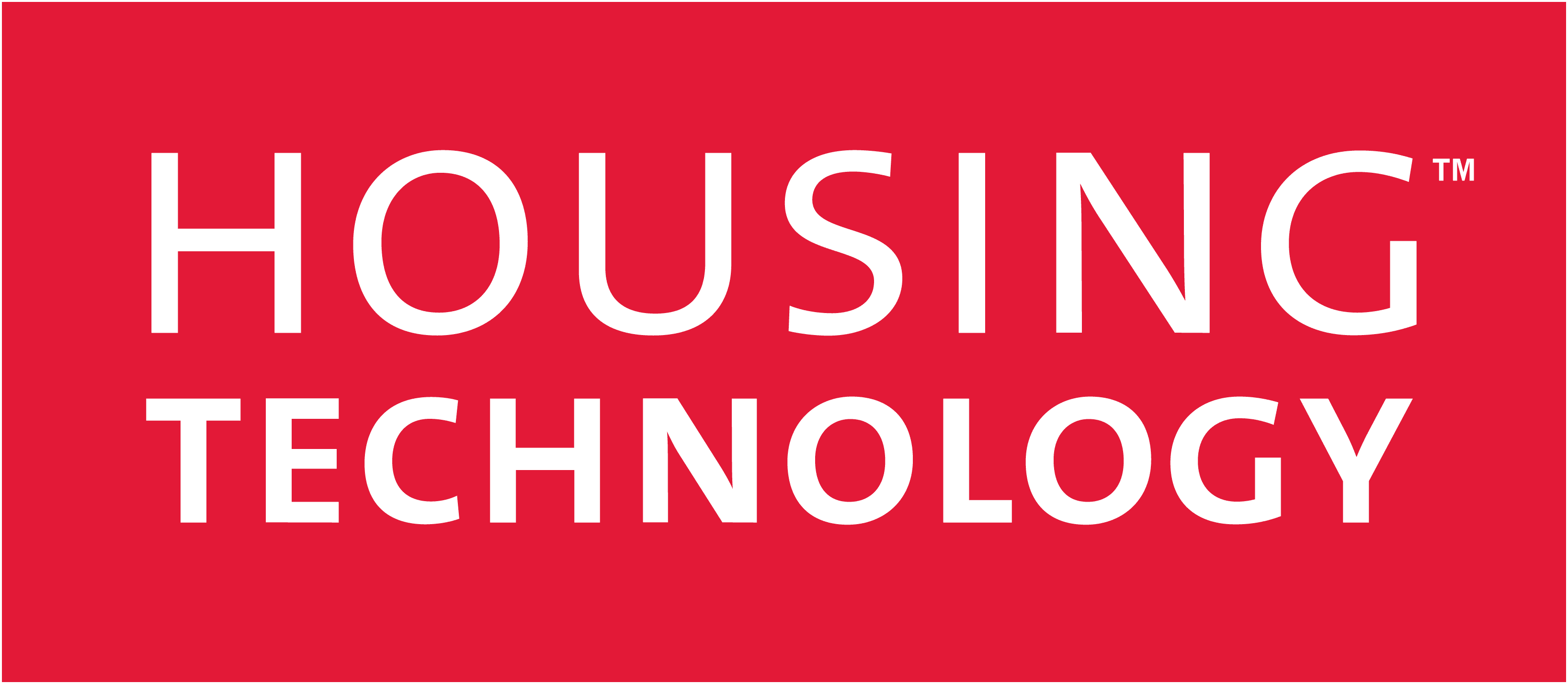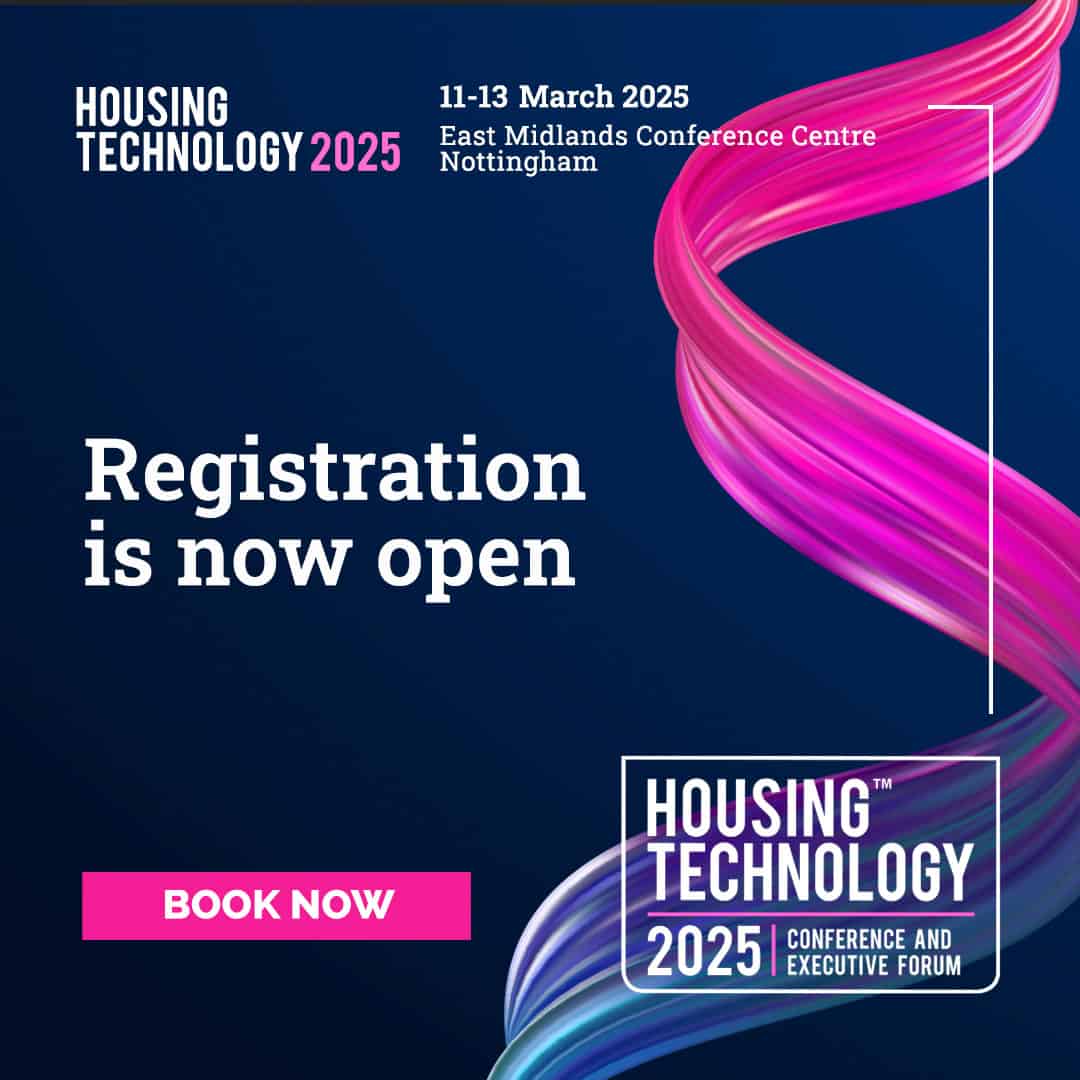A housing provider in Glasgow recently spent an entire morning fielding phone calls from residents who wanted to let them know about a burst water main in the neighbourhood. The first call was extremely helpful in bringing the problem to their attention, but all subsequent calls simply repeated what the housing team already knew. Nevertheless, three members of staff each spent around three hours taking calls instead of getting on with other work that day.
What does that have to do with tenant satisfaction scores? Well, we believe that effective two-way communications between housing providers and their residents is a good way to optimise their tenant satisfaction measures. Engaged residents are more likely to submit higher satisfaction scores and, by pursuing engagement on a regular rather than ad-hoc basis, housing providers are more likely to enjoy good relationships with their residents as well as catching any problems early on.
The water main example shows how important two-way communication can be in building strong landlord-resident relationships. While it’s great that so many residents were sufficiently engaged to let their housing provider know about the problem, it’s less good that housing officers effectively lost an entire morning of work because they couldn’t communicate to all of their residents that they were aware of the problem. Had they been able to put out a message via a self-service platform, such as Housing Insight’s PanConnect, everyone would have benefitted.
Reporting repairs
Let’s consider the value of two-way communication in everyday household repairs. Tenant perception surveys are now required to quantify satisfaction with repairs (TP02), time taken to complete the most recent repair (TP03) and satisfaction that the home is well maintained (TP04). Housing providers with robust systems for reporting and tracking repairs will undoubtedly see higher tenant satisfaction scores than those with a more ad-hoc ‘email or phone us’ approach.
Two-way communication offers an additional benefit in this context. Systems such as the self-service app in our PanConnect suite allow both the resident and the housing provider to track the progress of the repair. The resident can report the problem at any time of day or night and choose a convenient time for the maintenance officer to arrive, in turn making them less likely to miss the appointment. Both parties can monitor the app to see whether or not repairs are being completed in a timely manner. Given that ‘right to repair’ guidelines now give residents the right to request that a different company steps in to complete any outstanding repair work, while also claiming £100 compensation, an efficient tracking process is important for both parties.
Our app also ensures that the response to a repair request is appropriate. For example, a resident who requests help with a broken light bulb may instead be given advice on how to change the bulb themselves, but if someone has been tagged on the system as being disabled, a maintenance officer could be sent to change the bulb on their behalf. And if the maintenance officer notices that a particular household has very little food in the kitchen cupboards, they can use the PanConnect staff app to refer this to the housing team, who can then follow up with a food hamper or other support. Similarly, if the system records that this is the fifth time a front-door repair has been requested in as many months, it’s more likely that housing officers will spot the pattern and investigate any potential vulnerabilities.
A nuanced approach
As the above examples demonstrate, it’s important to remember that every resident is an individual. So, when considering how best to communicate, we’d recommend thinking about how to make sure that residents only receive messages relevant to them. For example, our self-service app can send messages to just one individual or to a specific geographic area (such as two villages). It can be used to promote a local event relevant to a small community or a message can go out to remind all residents that the housing office will be closed for an extra day due to the King’s Coronation.
As soon as residents log in to their app, relevant messages will appear. And in case of complaints, housing officers can see at a glance which messages have been communicated and to whom.
Frequency of surveys
Messaging should be relevant to help residents stay engaged, but frequency of communication is also important. It’s a truism that people are more like to tell others about poor customer service than they are to praise a good experience, so how can a housing provider capture as much positive feedback as possible? We’d suggest building in regular online surveys or opportunities for digital feedback to help ‘systematise’ this type of data collection. In turn, this regular feedback will help to highlight any problem areas which can then be tackled before they develop further.
Digital exclusion
If communication is to be digital, then what’s the incentive for residents to start communicating digitally rather than picking up the phone? How can those who are currently digitally excluded be helped to engage with technology that will benefit them? Promoting digital transformation as a means to help optimise tenant satisfaction scores will only work when there is a clear training plan for residents.
The actual solution will look different for each housing provider, but the need for planning is consistent across all. Those who can engage digitally, will. For those who find it harder, having an easy-to-use system is vital. And for those who won’t engage, we would encourage housing providers to find out why. Is there a fear factor? Is a phone call with the housing officer the only conversation that the resident has from one week to the next?
Impact on housing providers
Housing providers with more than 1,000 homes have until mid-2024 to submit their tenant satisfaction data to the regulator for the first time. With the likelihood that these scores will play an increasingly important role in future funding decisions, we would encourage housing providers to prioritise and systematise two-way digital communications with their residents as a means of reducing complaints and increasing compliments.
Andrew Marshall is the business development manager at Housing Insight.


